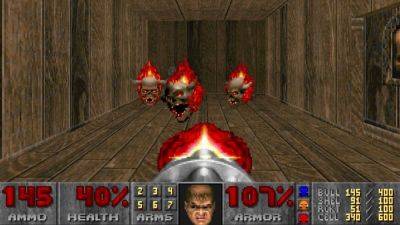This 3D printed laser chip-hacking device uses a $20 laser pointer, costs $500 to build, and was developed so that 'people can do this in their homes'
Laser hacking. If there's one phrase that says we're already living in the future I imagined as a kid, it's laser hacking, or to give one method its more technical term, «laser fault injection». While laser-based hacking techniques aren't exactly new, you'd usually need advanced and expensive machinery to pull off such an advanced trick.
However, two hackers at the security firm NetSPI plan to present their open source, 3D printable solution, called the RayV Lite, at the Black Hat cybersecurity conference in Las Vegas later this week (via Wired). Costing just $500 to construct and using many off-the-shelf components, the duo hope that the device will bring laser hacking to the masses.
First, a primer: Modern chips use transistors that are incredible small. So small, in fact, that they're vulnerable to tiny variations in charge. Laser hacking devices using the laser fault injection method use a precisely targeted and timed laser blast (a sentence I always wanted to write) to knock electrons out of place and cause a glitch on the chip.
By identifying an exact time and place to focus the laser, hackers can potentially disrupt hardware security measures and gain access to all sorts of chip capabilities that would otherwise be under lock and (hardware) key.
Normally, you'd need some serious hardware and a whole lot of cash to achieve such an effect. However, Sam Beaumont and Larry «Patch» Trowell have designed a tool that uses a set of relatively cheap and widely available components, including a $20 laser pointer, a Raspberry Pi, and an open source 3D printed microscope design to achieve the same effect.
The creators hope to encourage hardware manufacturers to secure chips against laser hacking methods, after being told by clients that laser fault injection and similar methods of attack were too expensive to enact and thereby not a high priority to secure against. By creating a device that supposedly costs a mere $500 to build, they hope to show that such attacks are







